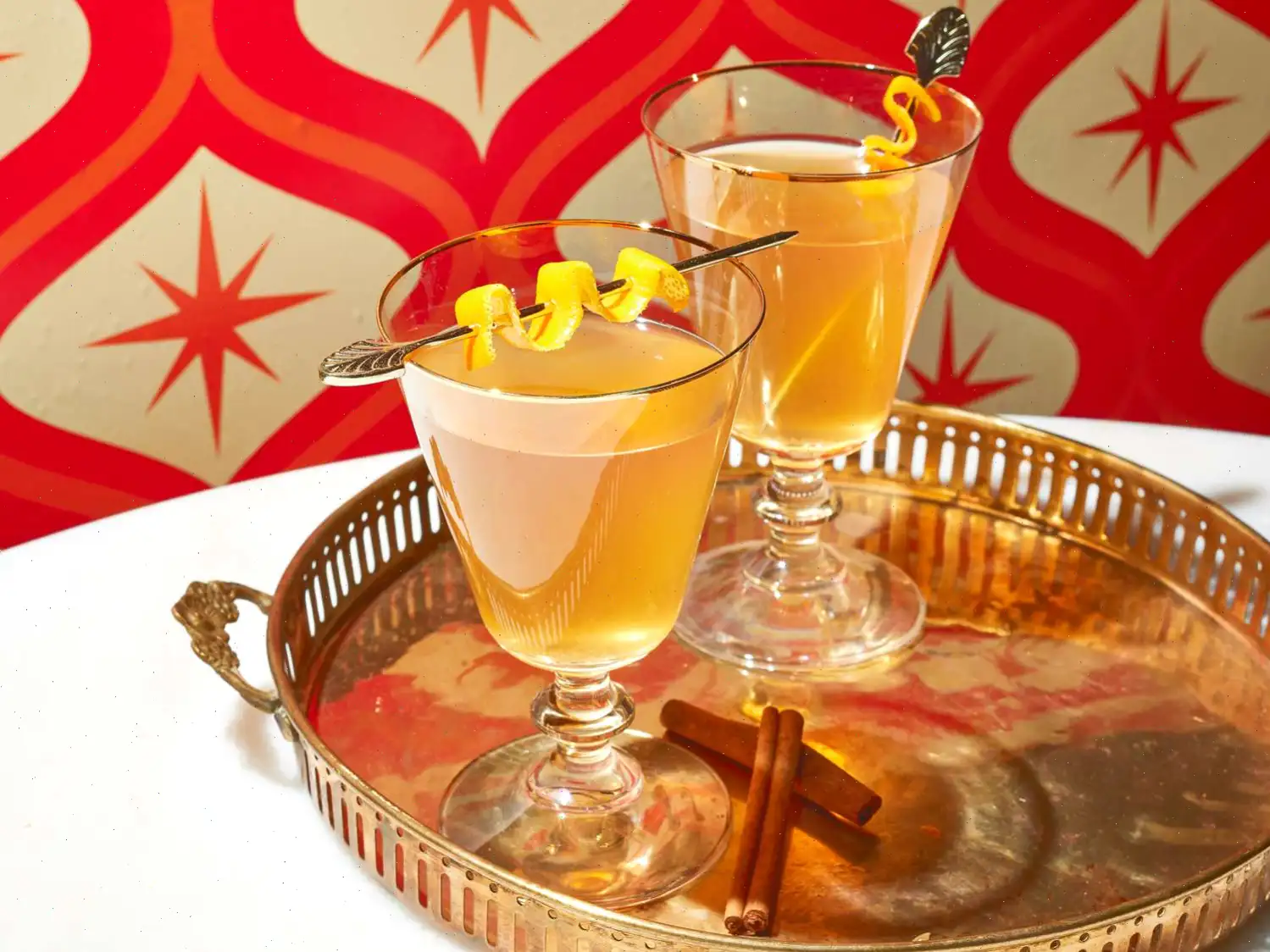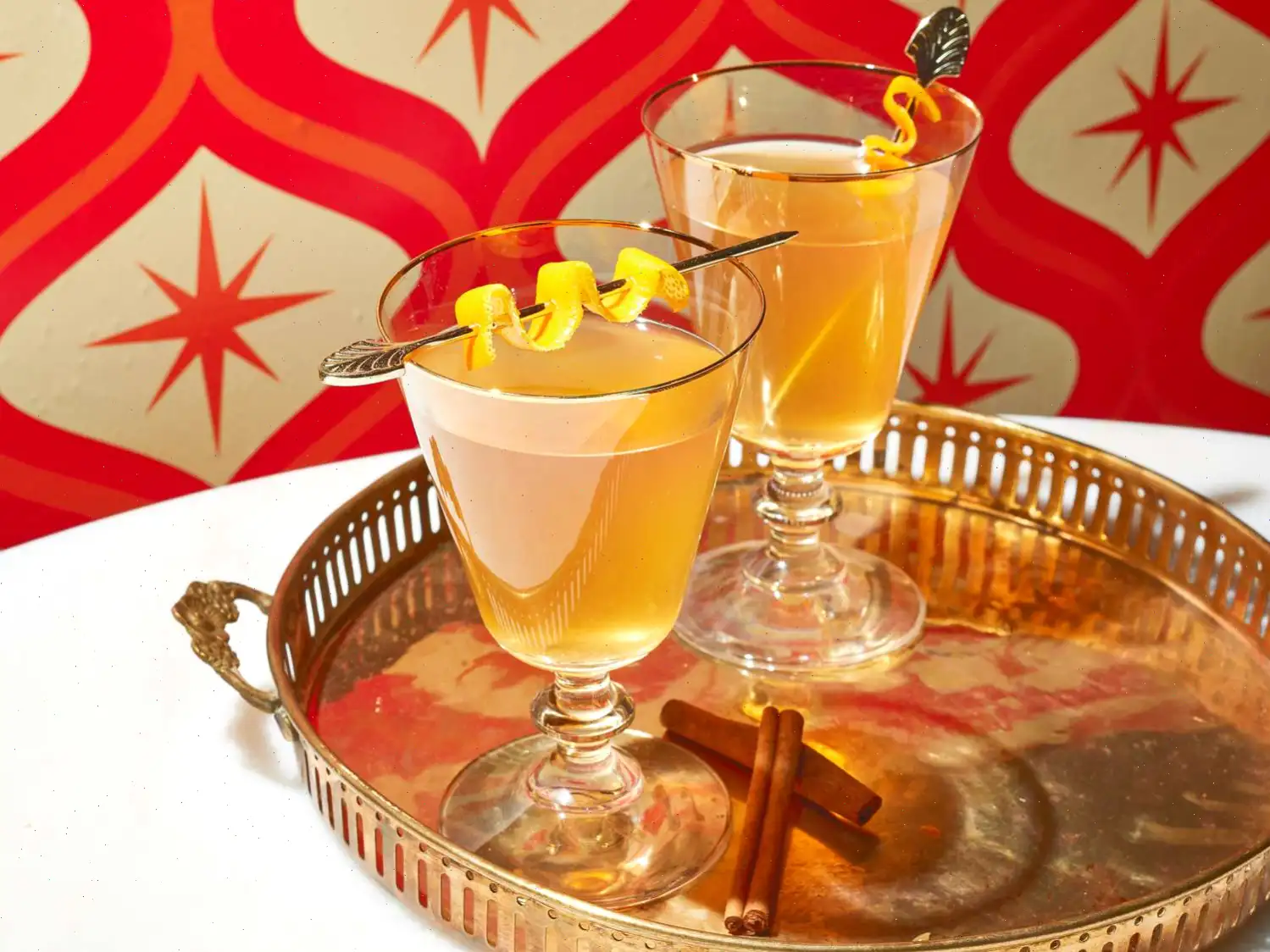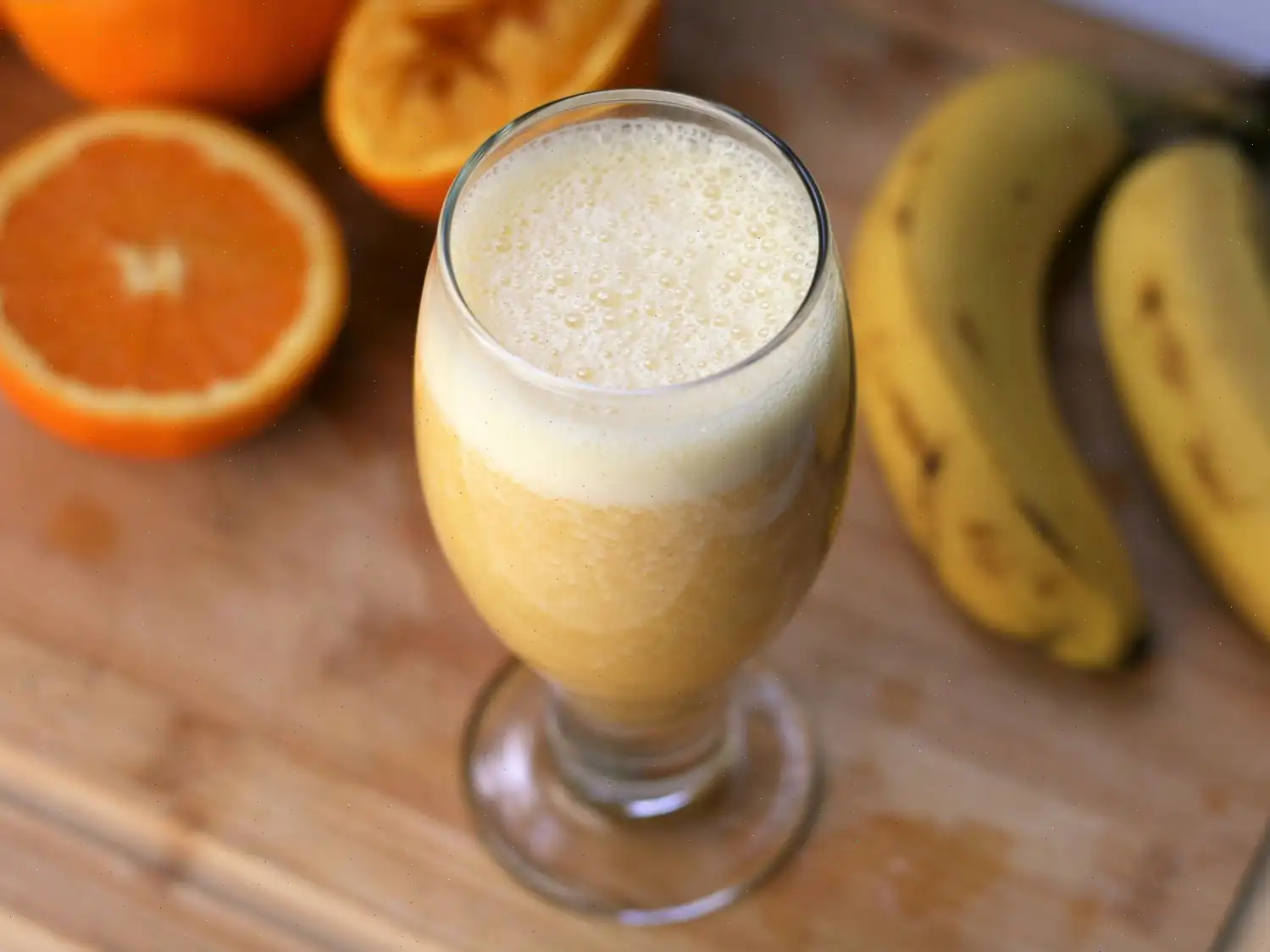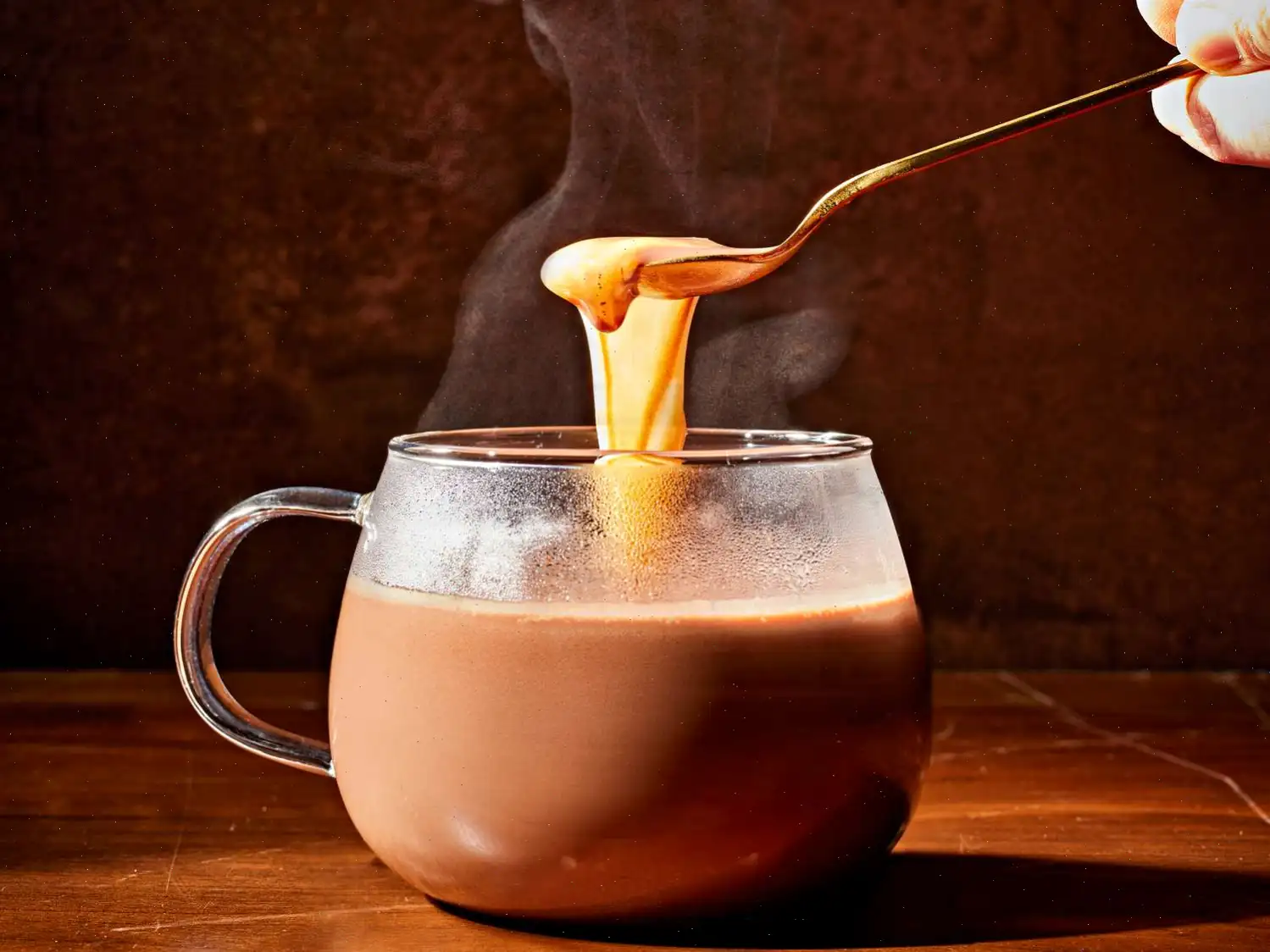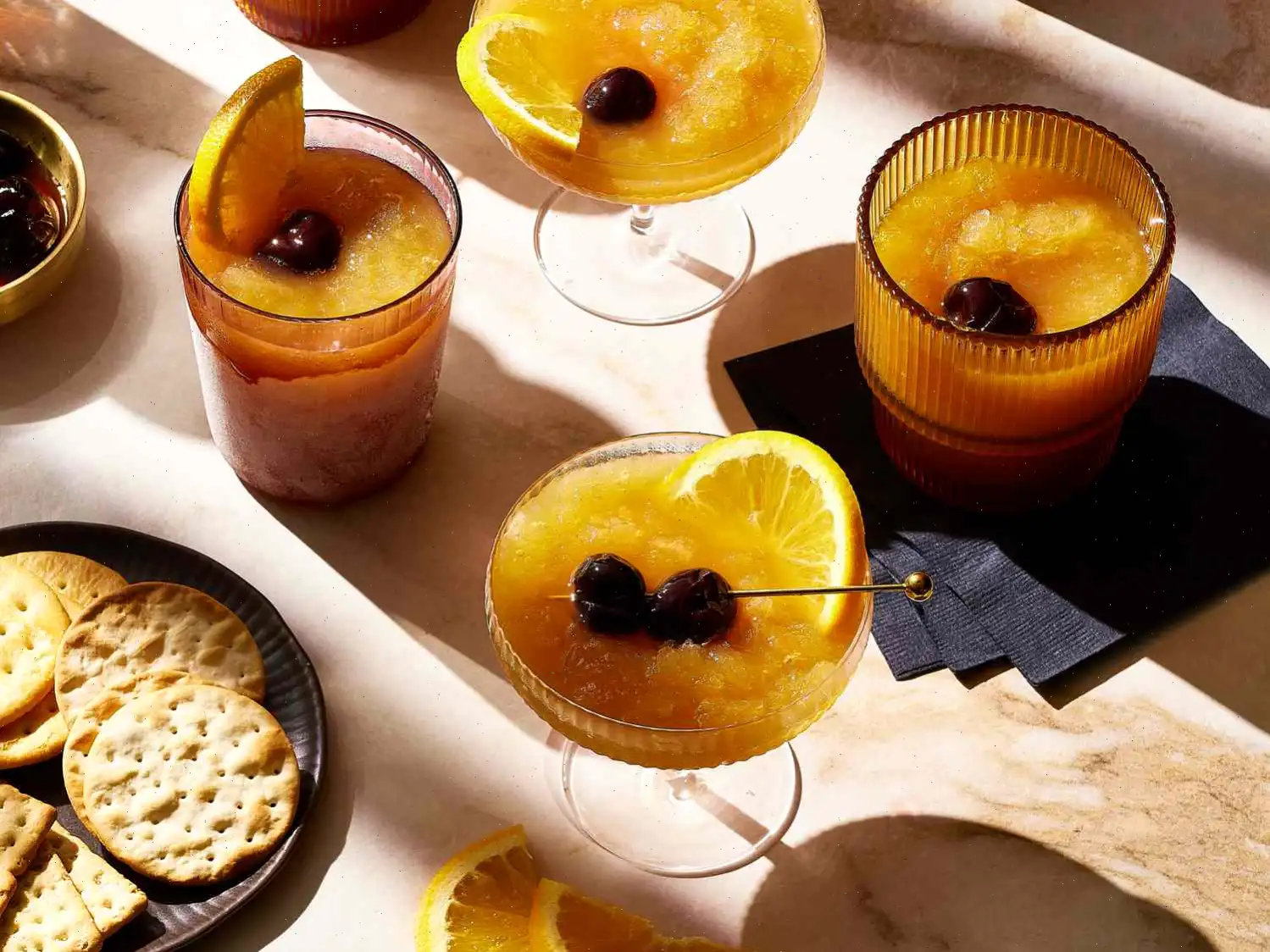
Mulled Orange Wine Recipe
Ingredients
- 1 1/2 cups water
- 1/2 cup sugar
- 1/2 orange, sliced
- 1/4 lemon, sliced
- 8 whole cloves
- 1 (3-inch) cinnamon stick
- 1 (750-milliliter) bottle orange wine
- Pinch of nutmeg
- Orange twists, for garnish
Directions
Step 1: In a medium saucepan, bring the water and sugar to a boil, stirring until the sugar dissolves.
Step 2: Add the sliced orange, lemon, cloves, and cinnamon stick. Bring the mixture back to a boil.
Step 3: Once boiling, reduce the heat to medium-low and let the mixture simmer, covered, for about 10 minutes, allowing the flavors to meld together.
Step 4: Strain the mixture through a sieve over a heat-safe bowl and discard the solids.
Step 5: Return the strained mixture to the saucepan. Stir in the orange wine and heat over medium until it becomes hot but not boiling, for about 5 to 10 minutes.
Step 6: When ready to serve, sprinkle each portion with a pinch of nutmeg and garnish with twists of orange peel.
Nutrition Facts (per serving)
- Calories: 183
- Total Fat: 0g (1% Daily Value)
- Saturated Fat: 0g (0% Daily Value)
- Cholesterol: 0mg (0% Daily Value)
- Sodium: 8mg (0% Daily Value)
- Total Carbohydrate: 34g (13% Daily Value)
- Dietary Fiber: 5g (17% Daily Value)
- Total Sugars: 23g
- Protein: 2g (4% Daily Value)
- Vitamin C: 108mg (120% Daily Value)
- Calcium: 79mg (6% Daily Value)
- Iron: 1mg (5% Daily Value)
- Potassium: 363mg (8% Daily Value)
Note: Percent Daily Values are based on a 2,000 calorie diet. Your daily values may be higher or lower depending on your calorie needs.
The Story Behind Mulled Orange Wine
Mulled wine has a long and storied history that dates back to ancient Europe, where warm spiced wines were used both as a comforting beverage and a method to preserve wine during colder months. The addition of citrus, particularly oranges, became popular during the 17th century when trade with the Mediterranean made oranges more accessible in Northern Europe. Mulled orange wine evolved as a lighter, fruitier variation of the traditional red mulled wine, providing a refreshing balance of warmth, sweetness, and citrus aroma.
Regional Characteristics
This version of mulled wine is especially popular in the United States and parts of Northern Europe. Unlike the heavier red wine varieties, the use of orange wine gives it a brighter, more vibrant flavor profile that highlights the natural citrus notes. In some regions, local spices such as nutmeg, cardamom, or star anise are added to create unique regional twists. Scandinavian countries, for example, often incorporate more cinnamon and cloves, while Mediterranean adaptations emphasize citrus peels and lighter wines.
Differences From Similar Beverages
Mulled orange wine differs from traditional mulled red wine and spiced cider in several ways. First, the base wine is lighter and fruitier, often made from white or orange grape varieties, rather than robust reds. The citrus-forward flavor sets it apart from standard mulled wine, which relies heavily on deep, rich spices and dark fruit notes. Unlike spiced cider, which uses apples as the main ingredient, mulled orange wine maintains its alcoholic character and complex spice balance, making it a sophisticated holiday beverage.
Where Its Typically Served
Mulled orange wine is commonly served at winter gatherings, holiday parties, and festive markets. It is particularly favored at Christmas and New Year celebrations for its warming properties and inviting aroma. Cafs and restaurants in colder climates often feature it as a seasonal specialty, and it is sometimes offered at outdoor events like winter fairs, where the steaming beverage provides comfort from the chill. It can be enjoyed in mugs, heat-resistant glasses, or even small teacups for a cozy presentation.
Interesting Facts
- Historically, mulled wine was believed to have medicinal properties, with spices thought to aid digestion and circulation.
- The name mulled comes from the word mullen, meaning to heat, sweeten, and spice wine.
- Adding orange slices not only enhances the flavor but also creates a visually appealing presentation, often garnished with twists of peel.
- Orange wine, unlike traditional white wine, is made from grape skins left in contact with the juice, giving the mulled version both depth and a slight tannic bite.
- Mulled orange wine pairs exceptionally well with light pastries, spiced cookies, and roasted nuts, making it a versatile drink for festive spreads.


